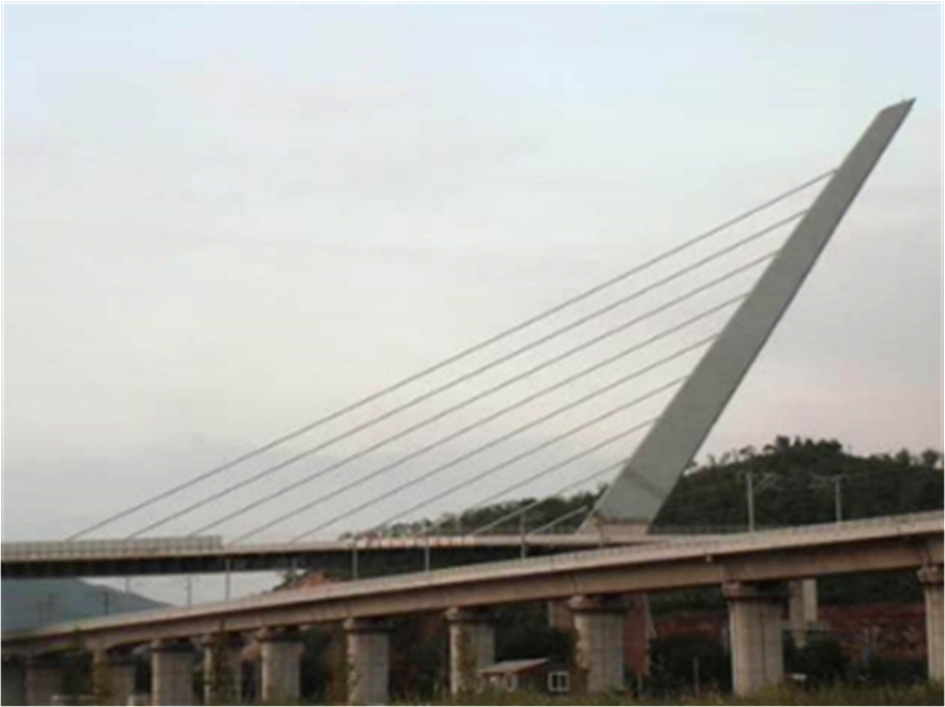Construction monitoring and control of cable-stayed bridges without backstays
1
School of Civil and Architectural Engineering, Harbin University, China
Submission date: 2023-12-28
Final revision date: 2024-02-29
Acceptance date: 2024-03-19
Publication date: 2024-12-11
Corresponding author
Xilong Zheng
School of Civil and Architectural Engineering, Harbin University, No.109 Zhongxing Dadao, Harbin, China
School of Civil and Architectural Engineering, Harbin University, No.109 Zhongxing Dadao, Harbin, China
Archives of Civil Engineering 2024;70(4):649-666
KEYWORDS
finite element simulationconstruction methodscable-stayed bridges without backstaysconstruction monitoring and control
TOPICS
ABSTRACT
The cable-stayed bridge without backstays is an important branch of the cable-stayed bridge family. It tilts the bridge tower to one side and removes the backstay, using its own weight to balance the cable tension. It has the characteristics of novel structure and beautiful appearance and is highly favored in urban construction both at home and abroad. In this paper, based on the construction of the main bridge of Jinzhou Bridge, a spatial model was established using finite element analysis software to simulate and analyz the construction process, with a focus on researching the construction control. Jinzhou Bridge has a novel structure and complex technology. The inclination angle of the bridge tower is the largest among its counterparts, and the difficulty of construction control is relatively high. This paper uses the adaptive control theory to control the construction of the main bridge of Jinzhou Bridge. During the construction process and the bridge state, the structure of Jinzhou Bridge is subject to reasonable stress and the bridge body is safe and reliable. The line shape of the main beam is basically smooth, further demonstrating the correctness of the construction control theory data.
We process personal data collected when visiting the website. The function of obtaining information about users and their behavior is carried out by voluntarily entered information in forms and saving cookies in end devices. Data, including cookies, are used to provide services, improve the user experience and to analyze the traffic in accordance with the Privacy policy. Data are also collected and processed by Google Analytics tool (more).
You can change cookies settings in your browser. Restricted use of cookies in the browser configuration may affect some functionalities of the website.
You can change cookies settings in your browser. Restricted use of cookies in the browser configuration may affect some functionalities of the website.




